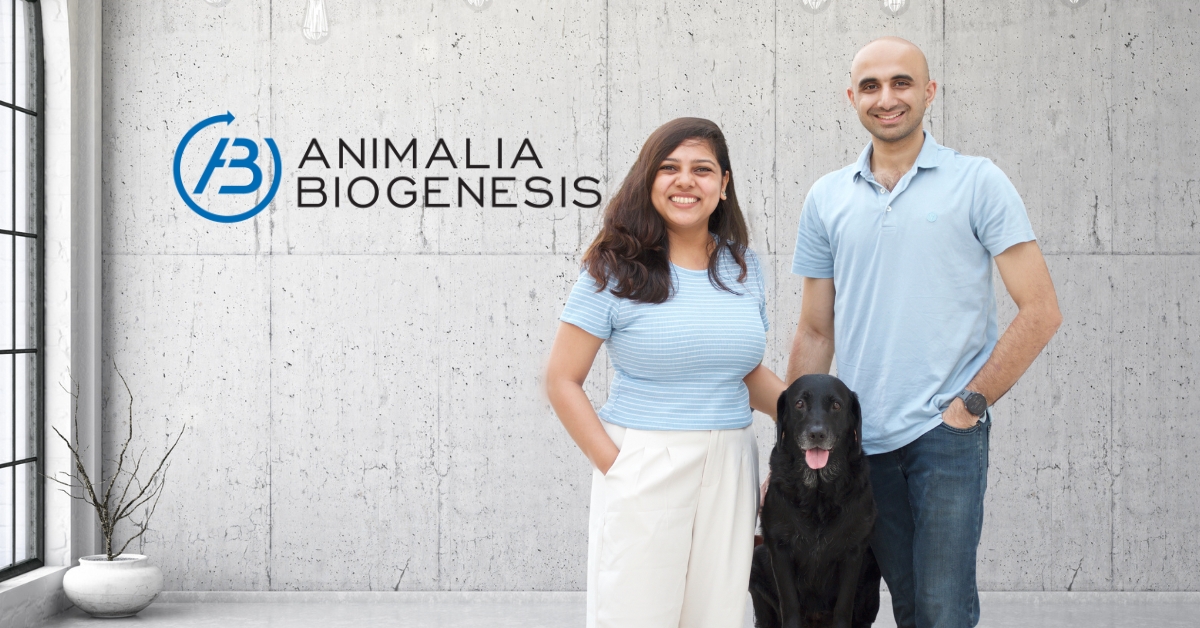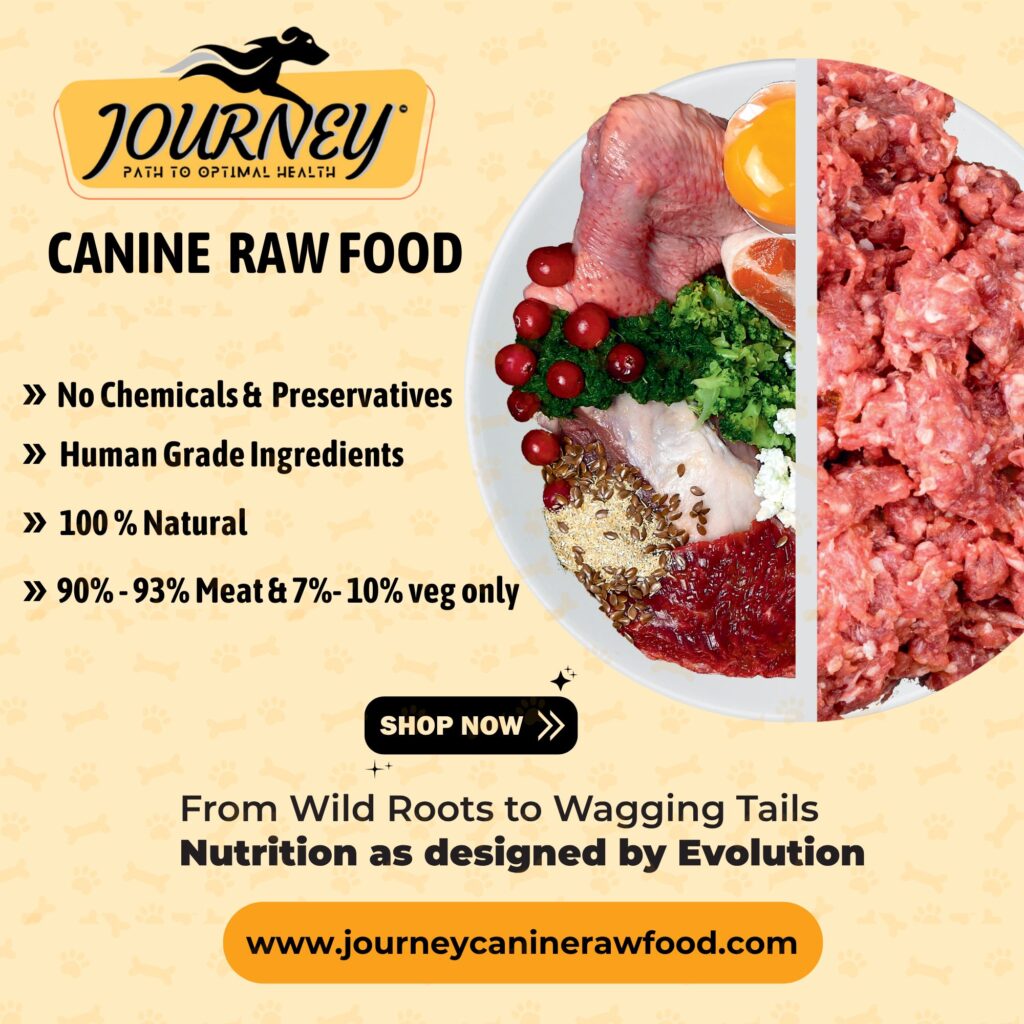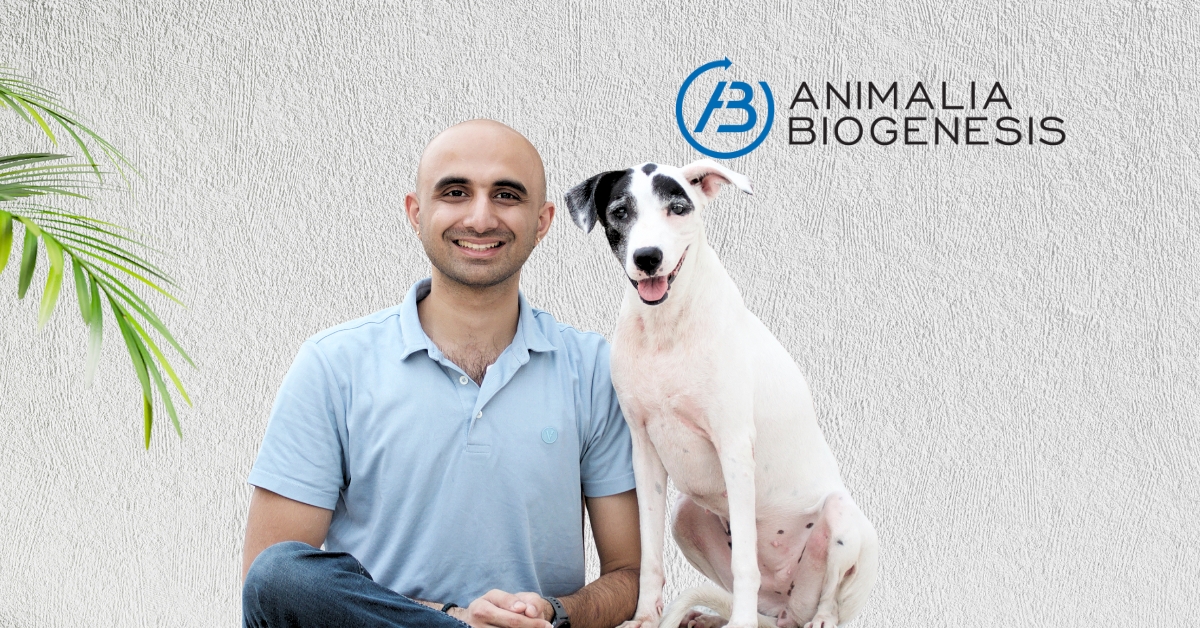Welcome to our special EDU-PET interview featuring Dr. Archith K Sridhar, the visionary Founder of Animalia Biogenesis, India’s pioneer in veterinary regenerative medicine. Dr. Sridhar leads groundbreaking advancements in pet healthcare by addressing chronic and degenerative conditions like arthritis, spinal injuries, and kidney failure.
Through innovative solutions like PetStem therapy, which combines the regenerative power of stem cells and the healing potential of Platelet-Rich Plasma (PRP), Dr. Sridhar and his team are revolutionizing pet care. By focusing on natural healing and addressing the root causes of illnesses, Animalia Biogenesis is transforming the way we approach pet wellness, ensuring every animal has a chance at a healthier, happier life.
Let’s dive into his journey and the remarkable science behind these life-changing therapies.
Firstly can you explain how stem cell therapy and Plasma Rich Platelet (PRP) therapy work, their benefits for dogs with conditions like arthritis, and how they complement each other in treating canine disorders?
Dr Archith Sridhar: Stem cell therapy and PRP therapy are both forms of regenerative medicine, which means, they help the body heal itself naturally.
Stem cell therapy uses special cells that can transform into different types of tissue, such as cartilage, bone, muscle, or even nerve tissue, highlighting their versatility. These cells are harvested from a source (like fat tissue) and processed in a lab. When we inject them into a dog’s body—like an arthritic joint—they help repair and regenerate the damaged cartilage and reduce inflammation. This can improve the joint’s function and significantly reduce pain, which is a huge relief for dogs with arthritis.
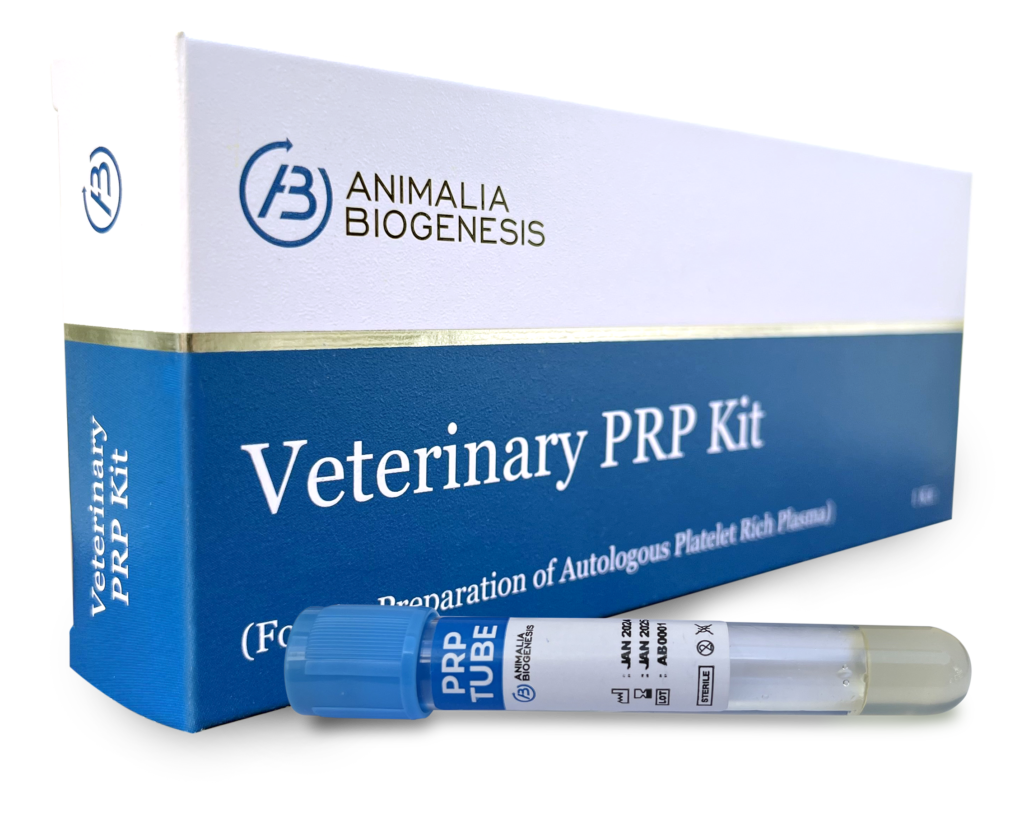
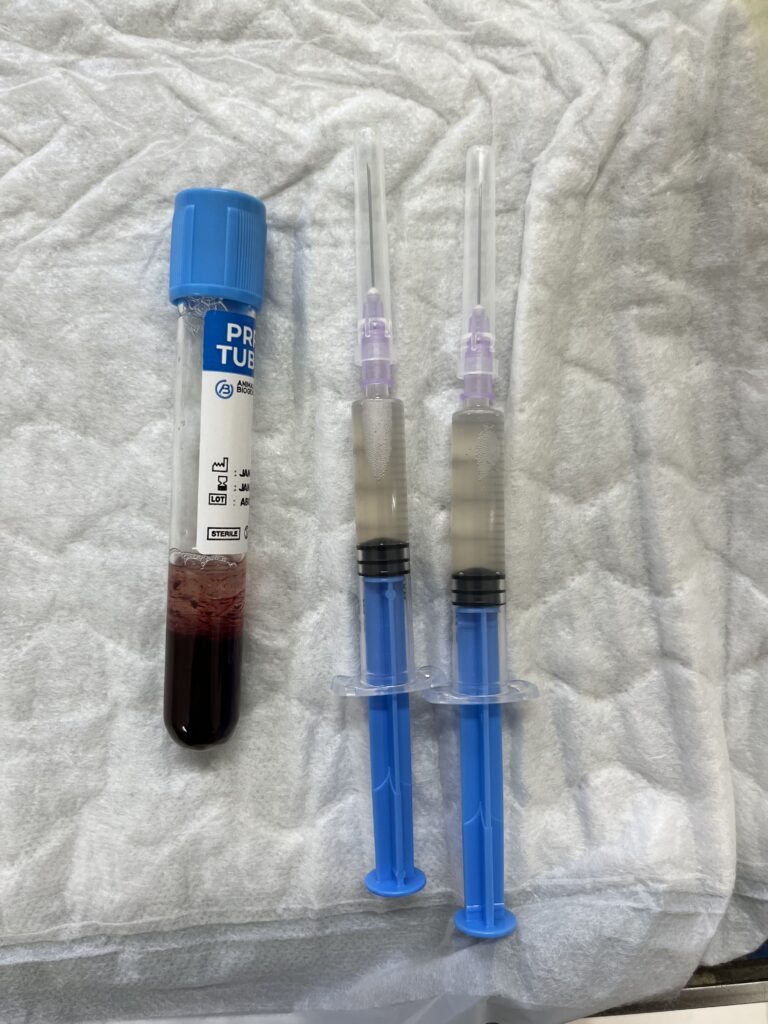
PRP therapy, on the other hand, focuses on using the body’s platelets, which are rich in growth factors. We draw a small amount of the dog’s blood, process it to concentrate the platelets within 10 minutes—ensuring a quick turnaround—and then inject it into the problem area. These growth factors promote faster healing, reduce inflammation, and improve the health of surrounding tissues.
Now, here’s how they complement each other: Stem cells provide the building blocks for repair, while PRP creates the ideal environment for these repairs to happen quickly and effectively. At Animalia Biogenesis, we offer a proprietary PetStem Therapy, which combines stem cells and platelets. Our unique protocol enhances regenerative capabilities and accelerates healing compared to standard methods. Together, they not only address symptoms like pain and stiffness, but also help rebuild the damaged tissues, ensuring the recovery is more permanent.
For dogs with arthritis or other orthopaedic conditions, this combination results in less pain, improved mobility, and a better quality of life. In cases of kidney failure, stem cells can help repair damaged kidney tissue and improve kidney function, potentially slowing or reversing disease progression and extending lifespan. Plus, since both therapies use the pet’s own cells, the risk of adverse reactions is extremely low. It’s a game-changer in veterinary medicine!
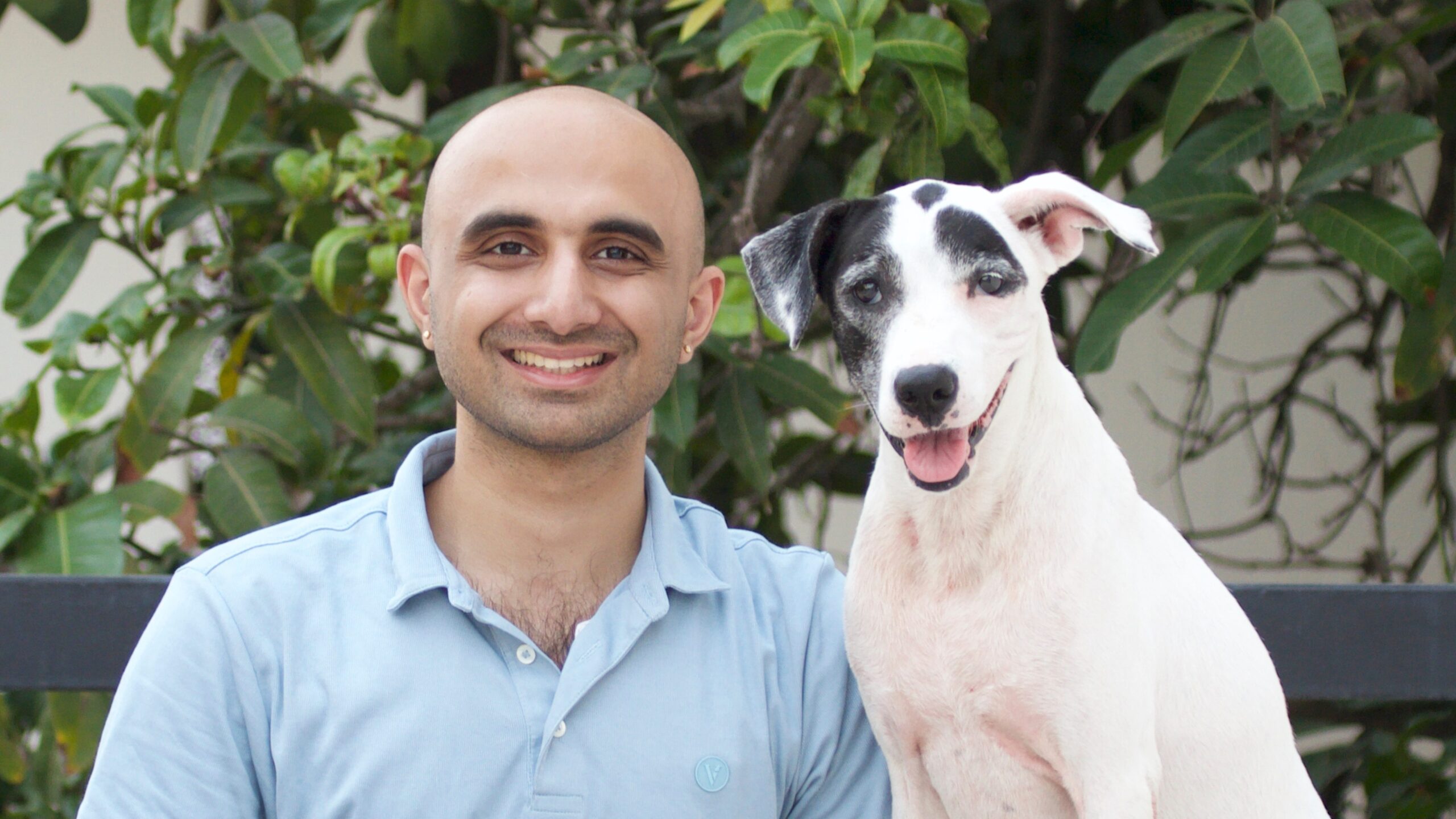
The goal of regenerative medicine is not just to reduce pain but to regenerate damaged tissues, offering pets a lasting solution rather than temporary relief.”
– Dr. Archith K Sridhar, Founder , Animalia Biogenesis
What inspired you to focus on stem cell therapies for canine disorders through Animalia Biogenesis, and what unique challenges have you encountered in developing these treatments in India?
Dr Archith Sridhar: As a lifelong pet parent, I’ve experienced the struggle of watching my dogs live with arthritis. I have also lost pets to kidney failure. The options for care and treatment were limited to managing symptoms, with joint supplements and medications, which provided only short-term relief. They do not address the underlying causes of the conditions. These solutions felt like temporary fixes rather than true healing.
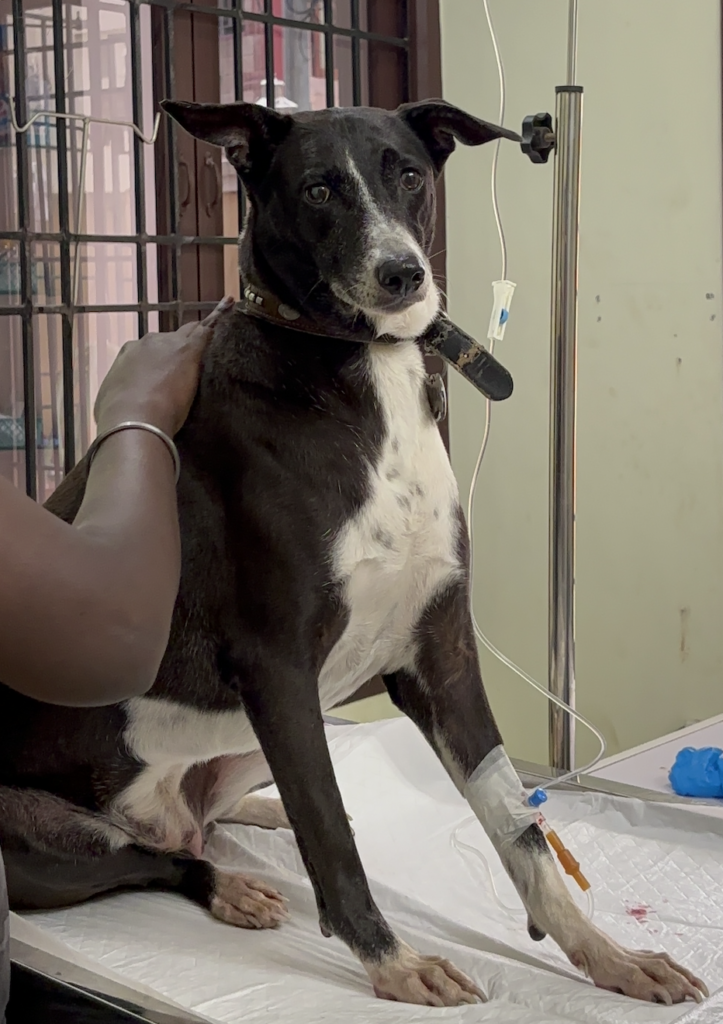
When I became a veterinarian, I realised that no effective treatments existed to address these issues at their root. In my practice, I encountered countless cases where pets suffered from chronic, seemingly incurable conditions. I found myself repeatedly in situations where I had to tell pet parents that we could only manage their pet’s symptoms, and not truly heal them. It was disheartening to offer treatments that did not address the root cause, and often came with side effects. This deeply personal and professional frustration drove me to seek better solutions.
Stem cell therapy stood out for me, because of its potential to not just manage symptoms, but also truly heal and regenerate damaged tissues, improving the quality of life for pets and their families, with the potential to extend their lifespan.
The biggest motivator, though, has been the incredible results we’ve seen with regenerative medicine. Animals that were once unable to walk or in severe pain, have regained mobility and vitality, often surprising even their owners. Seeing these transformations makes all the effort worthwhile.
However, developing these treatments in India has not been without its challenges. The first major hurdle was awareness. Many pet parents and even veterinarians were unfamiliar with regenerative medicine or were sceptical about its efficacy. Educating them about the science and benefits of stem cell and PRP therapies has been a significant part of our journey.
But these challenges have also been opportunities to pave the way for regenerative veterinary medicine in India, creating a foundation that will benefit countless animals.
How does the efficacy and safety of stem cell and PRP therapies compare to traditional treatments, and can you share any notable success stories or case studies?
Dr Archith Sridhar: PetStem and PRP therapies represent an advancement in veterinary medicine, offering solutions that focus on tissue regeneration rather than mere symptom management. Traditional treatments often involve medications or other interventions aimed at controlling symptoms or slowing disease progression. While these methods may provide temporary relief, they often come with limitations like side effects, long-term dependency, and an inability to repair the underlying tissue damage.
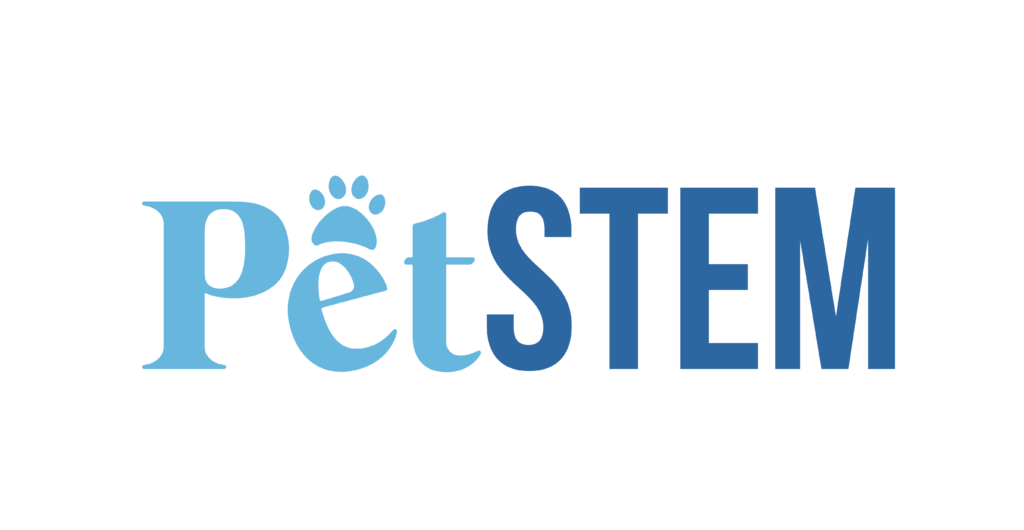
Regenerative therapies like PetStem target the root cause of ailments, promoting natural healing and tissue repair. For instance, in conditions like arthritis, traditional treatments like painkillers reduce pain and inflammation, but cannot reverse joint damage. Through our PetStem therapy, stem cells can regenerate cartilage, improve joint function, and provide longer-lasting relief. PRP complements this process by sustaining stem cell activity in a growth-factor-rich environment, accelerating healing, reducing inflammation, and optimising recovery.
One of the most significant advantages of PetStem and PRP therapies is their safety profile. Since these treatments use the animal’s own cells, the risk of adverse reactions is extremely low. In contrast, traditional treatments like painkillers can lead to gastrointestinal issues or kidney damage, when used long-term. Regenerative therapies offer a natural, safe solution with fewer risks and complications.
We have successfully treated a variety of challenging conditions using PetStem and PRP therapy. Dogs with severe arthritis, hip dysplasia and partial cruciate ligament ruptures showed rapid recovery in activity and mobility. They have shown reduced pain and increased ease in performing daily tasks like walking and climbing stairs within a month of PetStem therapy, avoiding the need for surgery. Chronic, non-healing wounds in dogs and cats that did not heal with traditional treatments, exhibited complete healing within two to three weeks, when treated with PRP therapy.
In severe cases of gingivitis in cats, PetStem therapy preserved oral function and comfort, avoiding the need for full-mouth tooth extraction. Eye ruptures, which typically required removal of the eyeball, were effectively treated with PRP therapy, preserving structural integrity. Additionally, animals suffering from paralysis due to spinal injuries experienced restored mobility and limb functionality when treated with PetStem therapy, providing a new lease of life in cases where conventional treatments had failed.
These success stories highlight the transformative power of stem cell and PRP therapies, showcasing their ability to redefine veterinary care. By focusing on regeneration, they not only improve clinical outcomes, but also elevate the quality of life for animals, offering hope and effective solutions for conditions once deemed untreatable.
How do you ensure these advanced regenerative therapies remain cost-effective and accessible to pet owners in India?
Dr Archith Sridhar: At Animalia Biogenesis, we have adopted multiple strategies to ensure that our regenerative therapies remain cost-effective and accessible to pet owners across India, without compromising on quality or effectiveness.
We utilise the newest and most effective protocols that are widely used in human regenerative medicine in the West. By integrating these proven methods into our practice, we ensure our therapies deliver high success rates while remaining efficient and streamlined.
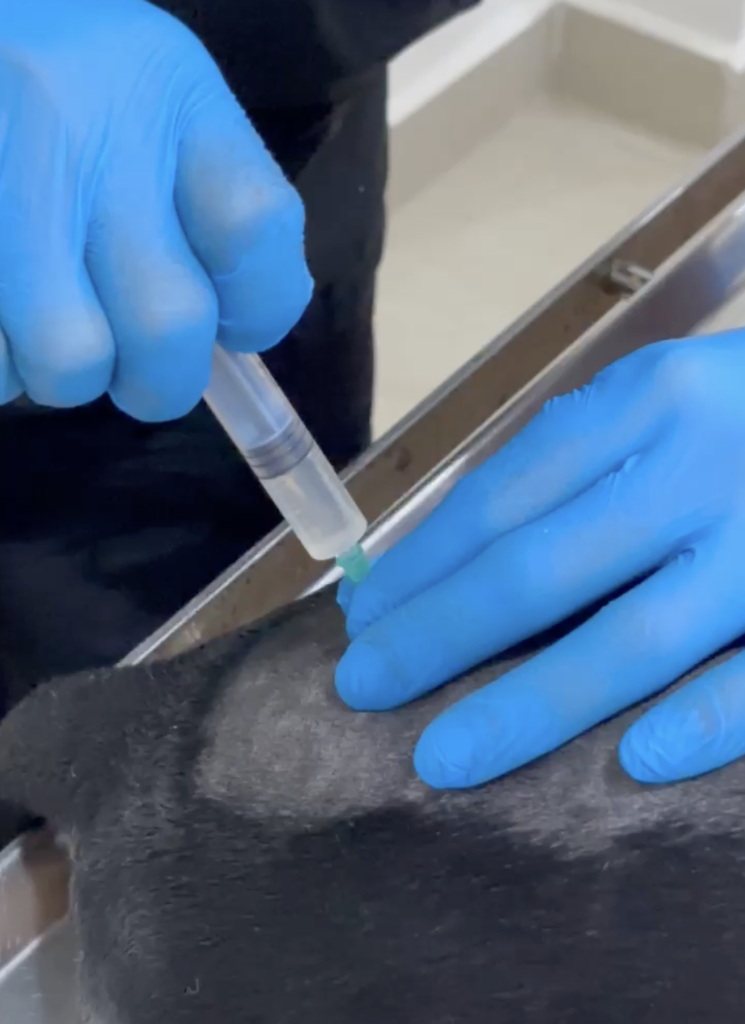
To keep costs low, we have optimised our supply chain and significantly reduced the overhead costs involved in production. By managing these processes in-house, we minimise reliance on external suppliers and ensure that we can maintain affordability while delivering cutting-edge care.
Community support is a key part of our mission. Through initiatives targeting NGOs and stray animals, we offer treatments at subsidised costs, to ensure that even stray animals receive the care they need. This approach reflects our commitment to making a meaningful impact on animal welfare.
We have also structured our pricing to ensure affordability for pet owners. PetStem therapy is a one-time treatment, which makes it a cost-effective alternative to the cumulative expenses of daily tablets, painkillers, joint supplements, or surgery. By offering a long-term solution, PetStem not only improves outcomes for pets but also reduces the financial burden on their owners.
Our goal is to make these transformative therapies accessible to all pets and their families, ensuring that no animal is denied the opportunity for healing and recovery due to financial constraints.
How do you educate pet owners and veterinarians about regenerative medicine, and how do you envision its future in veterinary practice in terms of acceptance and impact?
Dr Archith Sridhar: At Animalia Biogenesis, we actively educate both pet owners and veterinarians about regenerative medicine, to ensure better understanding and adoption of therapies like PetStem. A significant number of cases we handle, involve pets in the late stages of illness after exhausting traditional treatments over months or even years. While we achieve great results in these advanced cases, early intervention can lead to better outcomes and potential reversal of many conditions.
For pet owners, we use simple, relatable content through social media, brochures, seminars, and direct consultations, to explain how regenerative therapies work and why early intervention matters. Success stories help build confidence, emphasising how early treatment can prevent conditions from worsening and improve outcomes.
We conduct hands-on workshops and training sessions to equip vets with the knowledge to identify suitable cases for regenerative medicine early. By understanding the science and practical applications, vets are better positioned to recommend these therapies as a first-line option rather than a last resort.
We see regenerative medicine becoming a mainstream solution in veterinary practice, recognised for its ability to address root causes rather than merely managing symptoms. As awareness and acceptance grow, we aim for earlier interventions to become standard, ensuring pets experience quicker recoveries and enjoy a better quality of life, while reducing the long-term costs for their owners.
What advice would you give to pet parents considering stem cell or PRP therapy for their dogs, including key symptoms or conditions they should watch for?
Dr Archith Sridhar: If you’re considering PetStem or PRP therapy for your dog, the most important advice is to act early. Early intervention can make a significant difference in treatment outcomes. Many of the cases we see are in advanced stages, after traditional treatments have been exhausted. While these therapies can still provide great results in such cases, beginning treatment earlier, when symptoms first appear, can lead to better recovery and even full reversal of some conditions.
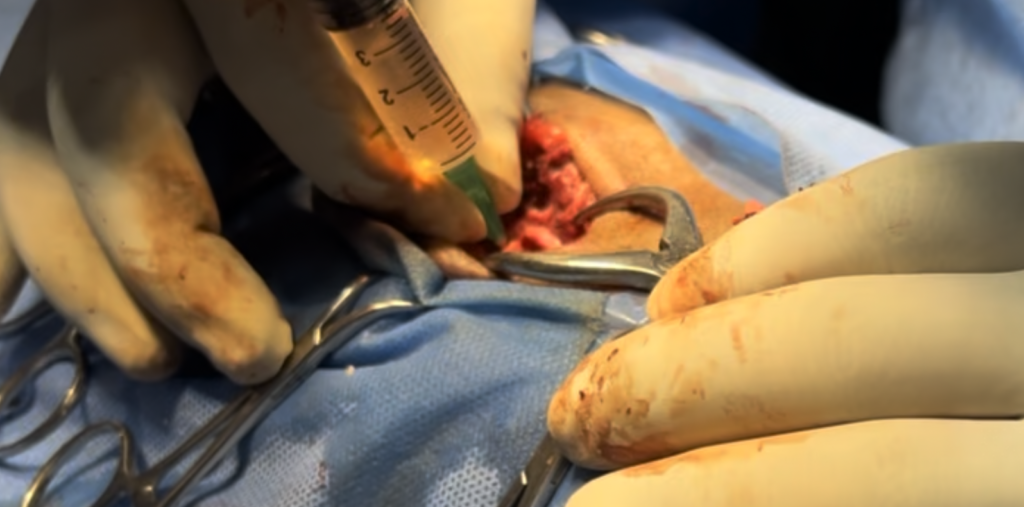
Key Symptoms and Conditions to Watch For:
- Joint and Mobility Issues: Difficulty getting up, limping, stiffness after rest, or reduced willingness to climb stairs and jump are early signs of arthritis or hip dysplasia.
- Neurological Issues: Weakness in the legs, dragging paws, or signs of paralysis could signal spinal problems that PetStem therapy can address.
- Kidney Failure: Reduced appetite, increased thirst, or changes in urination can indicate chronic kidney disease. Early treatment with stem cell therapy can reverse kidney damage, improve kidney function, and enhance your pet’s quality of life and lifespan.
- Oral Health Issues in Cats: Bad breath, difficulty eating, loss of appetite, or weight loss may indicate gingivitis, where PetStem therapy can prevent the need for full-mouth extraction.
Why Early Intervention Matters:
Starting regenerative therapies when symptoms first appear can halt disease progression, reduce damage, and improve the chances of a full recovery. Waiting until the condition becomes severe limits the potential for complete reversal and may require more extensive treatment.
If you notice any of these symptoms, reach out to us immediately. Discuss whether PetStem or PRP therapy might be suitable for your pet’s condition. Early diagnosis and treatment are critical for achieving the best outcomes.

